REGULAR HOURS: TUESDAY-THURSDAY 12-6PM // FRIDAY & SATURDAY 12-8PM // SUNDAY 12-5PM // CLOSED MONDAYS
EXTENDED HOLIDAY HOURS: OPEN MONDAYS // THURSDAY - SUNDAY OPEN UNTIL 8p // CHRISTMAS EVE 9-2p // CLOSED CHRISTMAS
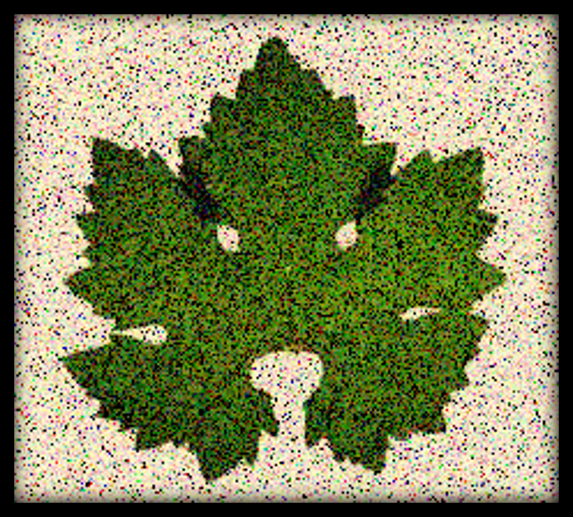
Click here for the pdf-formatted version
A Sparkling Story
The Return of a Grand and Historic American Tradition
Book of Bertil 40
INTRODUCTION
The First Sparkling Wines Made in the United States
Bonde Fine is turning four in just a few days and what better way to celebrate than by popping open a bottle of bubbly? But did you know that this year marks the 165th anniversary of traditionally made sparkling wine in the United States?
When we think of sparkling wine, our minds leap to the chalky slopes of Champagne, France, the birthplace of the world’s most famous bubbles. Yet, across the Atlantic, a lesser known but equally fascinating story has been unfolding: one of boldness, experimentation, and revival. This is the tale of American sparkling wine from its humble beginnings in the 19th century to its renaissance in the 21st.
CHAPTER 1.0
Verse 40.1.01: New World, New Dreams
By the mid-1800s, America’s wine industry was still in its infancy. European immigrants Italians, Germans, Hungarians brought with them grapevines, winemaking expertise, and a love of wine. California, with its Mediterranean climate and diverse soils, quickly emerged as a promising wine region. But quietly, New York State’s Finger Lakes were also fermenting their first cuvées.
One of the pioneers in California was Agoston Haraszthy, a Hungarian nobleman who arrived in California in the 1850s. Settling in Sonoma, he founded Buena Vista Winery and became a tireless advocate for European grape varieties. On a journey to Europe in 1861, he returned with over 100,000 vine cuttings representing more than 300 different grape varieties. But it was Jacob Schram, founder of Schramsberg Winery, who would be the first to commercially produce sparkling wine in California, beginning in 1862.
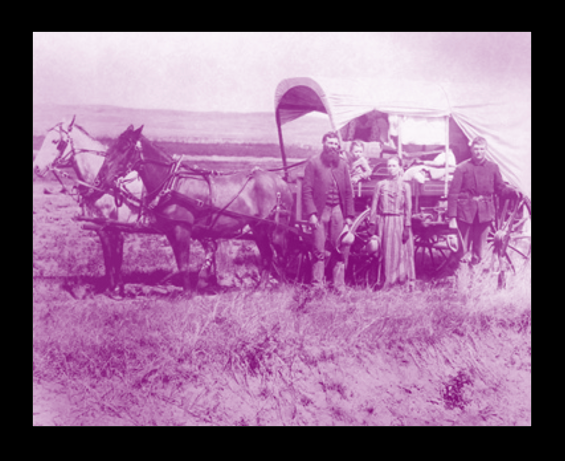
Verse 40.1.02: A Milestone Year: 1860
Around the same time, the Finger Lakes region was also experimenting with sparkling wine. Local vintners began using the traditional method (with secondary fermentation in bottle), but unlike in California, they worked with native American grape varieties such as Catawba and Delaware. While these lacked the nuance of European Vitis vinifera grapes, they produced lively, fruity, sweet sparklers that captured the American public’s imagination. The Pleasant Valley Wine Company, founded in 1860, became the first officially bonded winery in the United States, and by 1867, it was producing sparkling wines using the method champenoise, under the label “Great Western Champagne.” These wines went on to win international medals, especially at European world’s fairs, helping to shine a light on the Finger Lakes’ sparkling potential.
Verse 40.1.03: Arpad Haraszthy: A Forgotten Sparkling Wine Pioneer
Arpad Haraszthy, Agoston’s son, is often overlooked in wine history. But he played a critical role. Raised in a pioneering winemaking environment, he studied oenology in France, particularly in Champagne, where he learned the art of sparkling winemaking.
Back in California, Arpad specialized in traditional method sparkling wines. He founded the Eclipse Champagne Company in San Francisco, one of the first to commercially produce “California Champagne.” His wines were crafted from grapes like Riesling, Chasselas, Zinfandel and Catawba, and he mastered the full array of traditional techniques: bottle fermentation, riddling, disgorgement, dosage, and more.
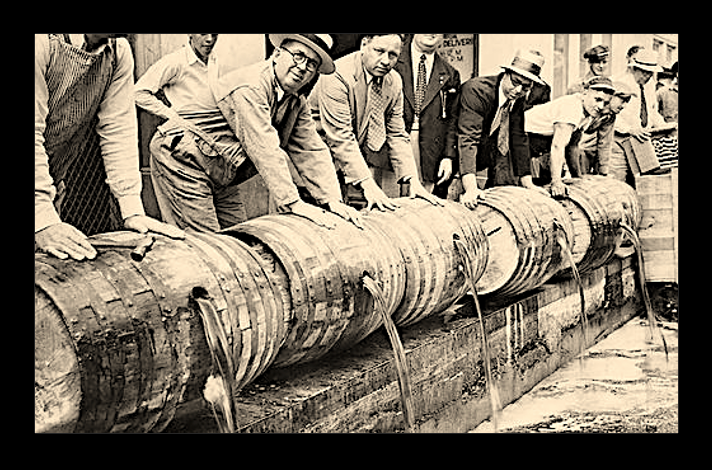
CHAPTER 2.0
Verse 40.2.01: The Prohibition Crash
But American wine history was anything but smooth.
The Prohibition era (1920–1933) brought commercial winemaking to a standstill. Wineries shut down, vines were ripped up or left untended, and winemakers pivoted to other trades. Schramsberg, Buena Vista, and Pleasant Valley Wine Company were all shuttered or fell into ruin. For decades, the very idea of American sparkling wine faded from collective memory.
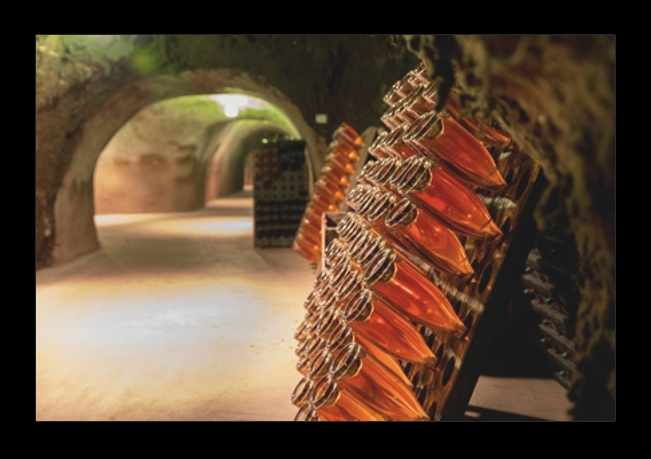
CHAPTER 3.0
Verse 40.3.01: A 20th Century Revival
It wasn’t until the 1960s that sparkling wine made a comeback. A new generation of winegrowers began rebuilding what Prohibition had erased. By the 1980s, with the rise of European varieties like Riesling, Chardonnay, and Pinot Noir, producers in the Finger Lakes returned to the traditional method for making quality sparkling wines. Key players in the region’s rebirth include Dr. Konstantin Frank Winery, Château Frank, Ravines Wine Cellars, Red Tail Ridge, and the famous Hermann J. Wiemer Winery. All have helped put Finger Lakes sparkling wines back on the map.
Verse 40.3.02: Back in California: Schramsberg and the French
In 1965, Jack and Jamie Davies rediscovered the ruins of Schramsberg and began restoring it. A pivotal moment came in 1972, when President Richard Nixon served Schramsberg Blanc de Blancs during his historic dinner with Premier Zhou Enlai with the famous “Toast to Peace.” This spotlight caught the attention of major French Champagne houses, who would found wineries in California. Like, Moët & Chandon launched Domaine Chandon in 1973, Taittinger founded Domaine Carneros in 1987, or Louis Roederer created Roederer Estate the same year in Anderson Valley.
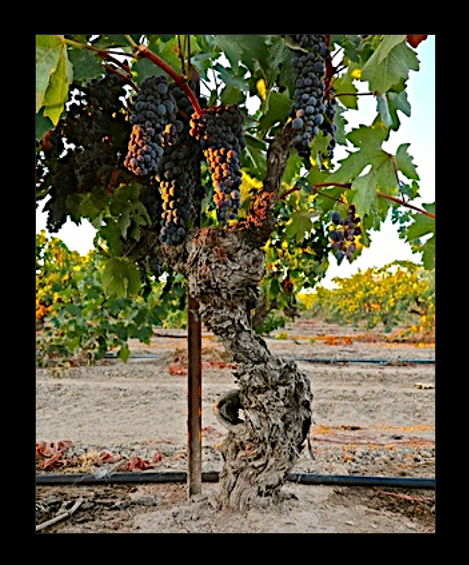
Verse 40.3.03: Zinfandel: The Sparkling Underdog
Today, the Finger Lakes continue to innovate, often using hybrid grapes or non-traditional varieties. Meanwhile, California has embraced the classic Champagne grapes: Chardonnay, Pinot Noir, and Meunier. But one grape is making a surprise comeback in sparkling form in California: Zinfandel. Originally championed by Arpad Haraszthy, his “Eclipse” sparkling wine was made from Zinfandel a grape with Eastern European roots (related to Saperavi) and long misunderstood in the context of sparkling wine. Though Zinfandel is often associated with bold, jammy reds, it can show high natural acidity when picked at lower sugar levels ideal for sparkling production.
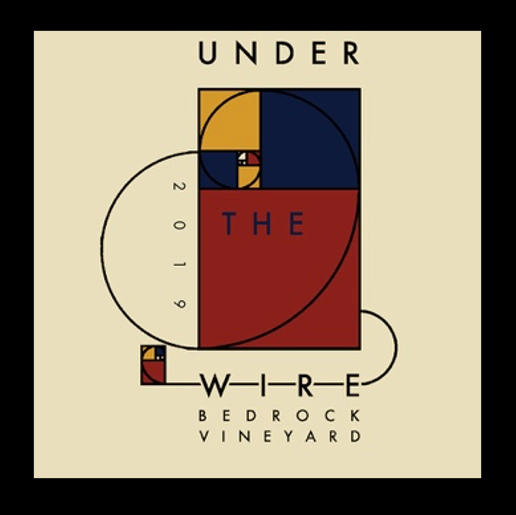
Verse 40.3.04:Under the Wire: A Modern Sparkling Renaissance
Today, Morgan Twain-Peterson and Chris Cottrell, the duo behind Bedrock Wine Co., have resurrected this tradition with Under the Wire Sparkling Wine Co., producing every year a 100% Zinfandel sparkling wine. Their wine is sourced from 1888-planted vines at Bedrock Vineyard, with a brief skin maceration to bring out complexity, then gently pressed. The result? Creamy mousse, fine persistent bubbles, and a bouquet of cherry, purple raspberry, with touches of bitter orange and anise. With near-zero dosage and high acidity, it mirrors the style of top grower Champagnes.
CONCLUSION
Let’s Raise a Glass
This white Zinfandel sparkling is more than just a curiosity it's a living tribute to an American legacy. So, let’s toast: to 250 years of American independence, to 165 years of sparkling wine made in the USA, and to four years of Bonde, devoted to recognizing and celebrating our local growers and makers.
Santé!
REGULAR HOURS: TUESDAY-THURSDAY 12-6PM // FRIDAY & SATURDAY 12-8PM // SUNDAY 12-5PM // CLOSED MONDAYS
EXTENDED HOLIDAY HOURS: OPEN MONDAYS // THURSDAY - SUNDAY OPEN UNTIL 8p // CHRISTMAS EVE 9-2p // CLOSED CHRISTMAS
